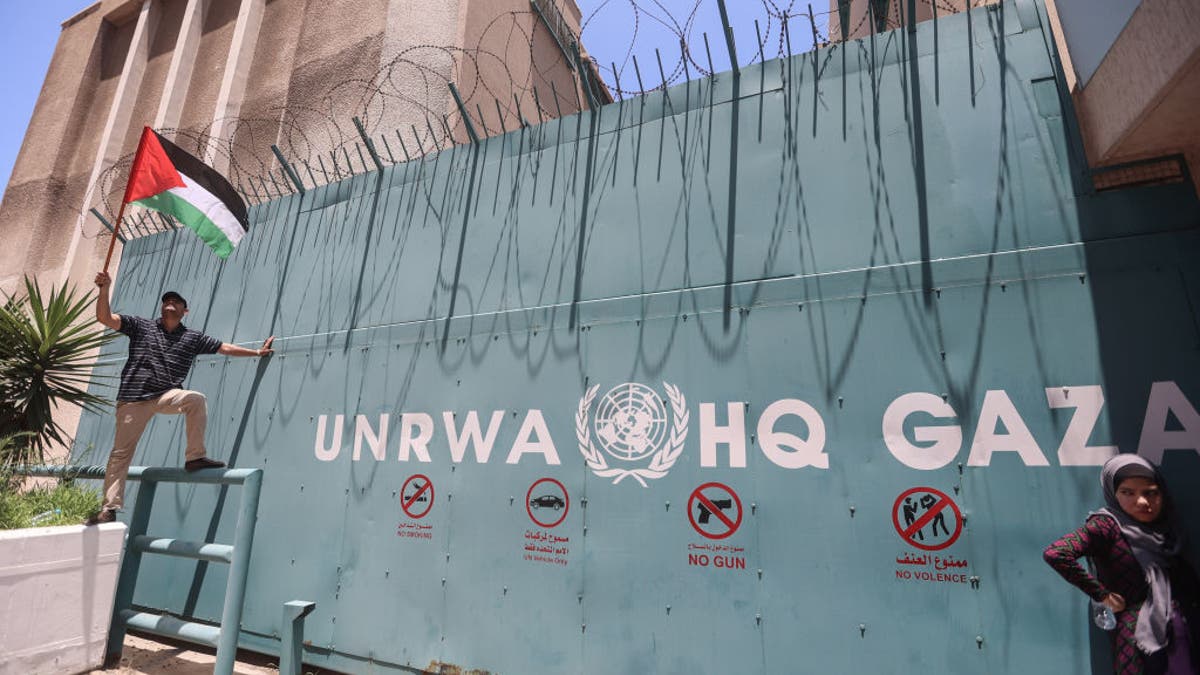Concrete islands smoulder,
furnaces of stone and glass
where pavements hiss
and shadows burn.
People drift,
lurching into canyons
of sun-drowned steel
where street-forges blaze
and brick-kilns hum –
flesh turned
like fragile clay,
shimmering in
sweat’s second skin.
Sky gardens lie dormant,
patchworked dreams
of cooler air
smothered
in the tangled web
of concrete veins.
White crowns
deflect the rage,
holding back
the furnace-breath
beneath an alabaster
shield of calm
and shade.
This poem is inspired by recent research, which has found that painting roofs white is effective at cooling cities at scale.
As urban areas experience higher temperatures, the impact on residents’ health becomes increasingly concerning, with more people suffering from heat-related illnesses and fatalities. However, there is a gap in understanding how different building and street-level interventions can mitigate these temperatures on a large scale. This issue is particularly relevant for cities like London, where dense infrastructure can exacerbate the heat.
New research addresses the gap by analysing the effects of nine different interventions on air temperatures in London during two hot days in the summer of 2018. Using a sophisticated climate model, the study found that cool roofs (i.e., those painted white or covered with a reflective coating) were the most effective, reducing temperatures by approximately 1.2°C. In contrast, green roofs and solar panels had less impact, and widespread use of air conditioning actually raised temperatures slightly. The findings highlight that while some current measures, like green roofs and solar panels, are insufficient at a large scale, strategic deployment of cool roofs could significantly alleviate urban heat. This research is crucial for guiding future urban planning and policy decisions to better protect residents from extreme heat.
























































